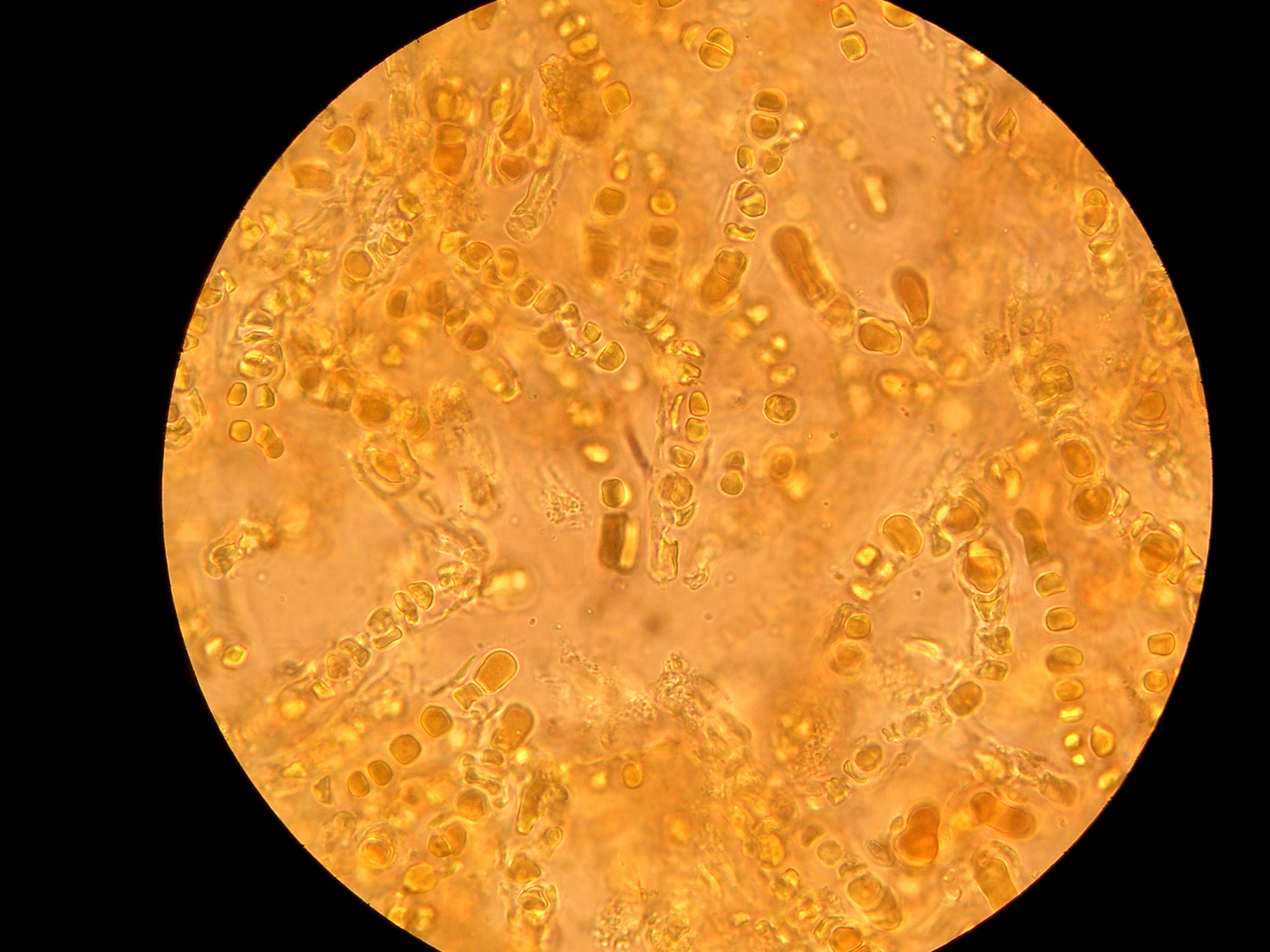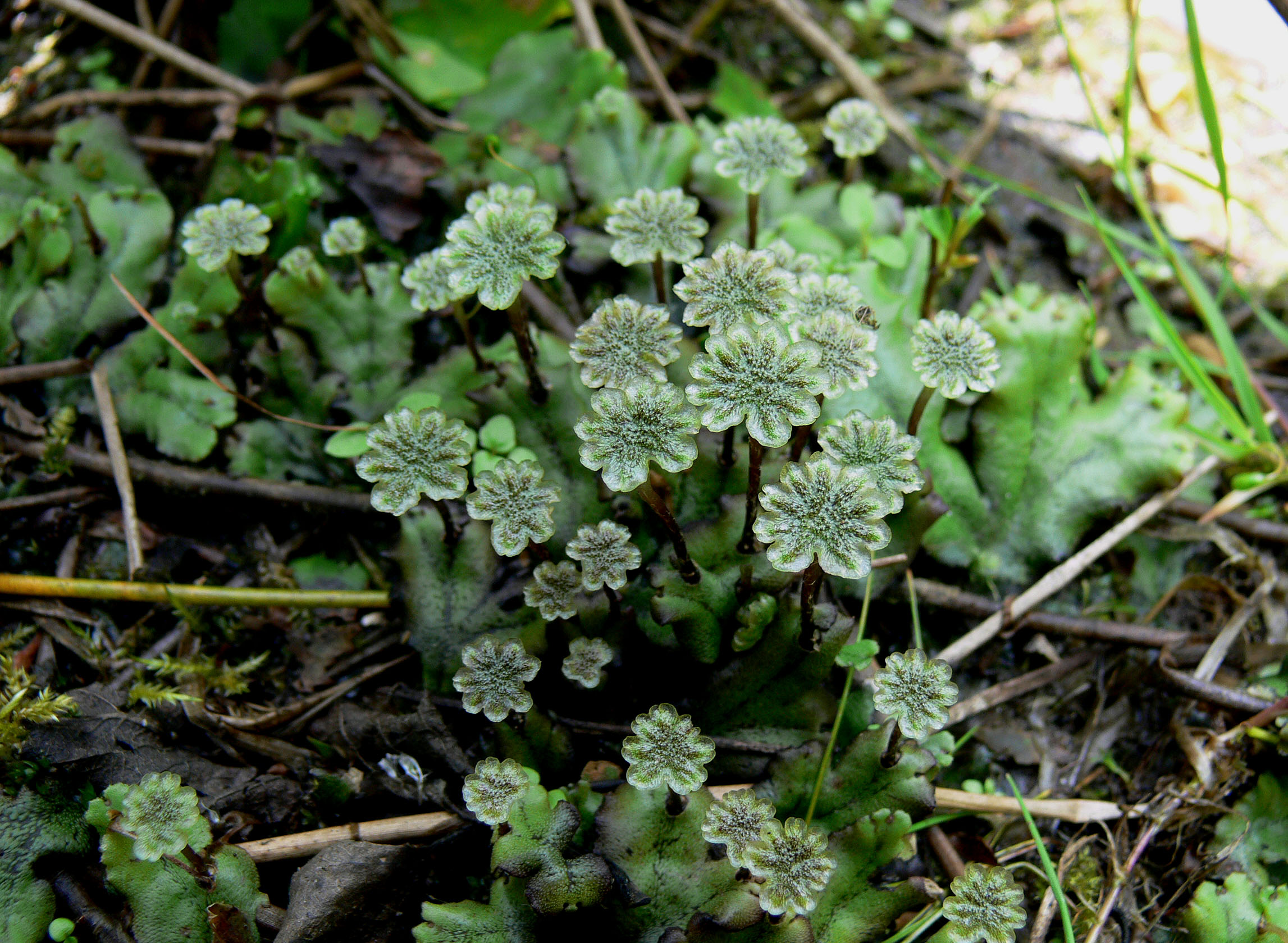|
Cora Palaeotropica
''Cora palaeotropica'' is a species of basidiolichen in the family Hygrophoraceae. Found in Sri Lanka, it was species description, formally described as a new species in 2016 by Gothamie Weerakoon, André Aptroot, and Robert Lücking. The botanical name, specific epithet ''palaeotropica'' refers to its palaeotropical distribution, which is unique in the genus ''Cora (fungus), Cora''. It is only known from its type locality (biology), type locality in the Sinharaja Forest Reserve, a biodiversity hotspot in the Southern Province, Sri Lanka, Southern Province. Description Unusually for genus ''Cora (fungus), Cora'', ''Cora palaeotropica'' does not make a distinct cortex (botany), cortex, instead it has short, perpendicular hyphae with rounded edges that emerge from the photobiont layer. It grows on the soil and its detritus, or in association with bryophytes. References Cora, palaeotropica Lichen species Lichens described in 2016 Lichens of Sri Lanka Taxa named by André Ap ... [...More Info...] [...Related Items...] OR: [Wikipedia] [Google] [Baidu] |
Gothamie Weerakoon
Gothamie Weerakoon ( si, ගෝතමී වීරකෝන්) is a Sri Lankan-based botanist, lichenologist and environmentalist. Early life and education After completing her primary education at the Devi Balika Vidyalaya in Colombo, she attended the University of Colombo, completing her PhD in 2013 at the Sri Jayawardenepura University. She emerged as the most active Sri Lankan lichen researcher. Career She has conducted research on South Asian lichens, discovering over 100 new species endemic to Sri Lanka. Some of the species she has discovered include ''Heterodermia queesnberryi'' and ''Polymeridium fernandoi''. In 2015, she wrote ''Fascinating Lichens of Sri Lanka'', which provides facts about lichen species endemic to Sri Lanka. She currently works as the senior curator of Lichens and Slime Moulds at the Natural History Museum of London and also with tea brand, Dilmah. Awards and recognition She is the first South Asian woman scientist to hold the Annual Grante ... [...More Info...] [...Related Items...] OR: [Wikipedia] [Google] [Baidu] |
Cortex (botany)
In botany, a cortex is an outer layer of a stem or root in a vascular plant, lying below the epidermis but outside of the vascular bundles. The cortex is composed mostly of large thin-walled parenchyma cells of the ground tissue system and shows little to no structural differentiation. The outer cortical cells often acquire irregularly thickened cell walls, and are called collenchyma cells. Plants Stems and branches In the three dimensional structure of herbaceous stems, the epidermis, cortex and vascular cambium form concentric cylinders around the inner cylindrical core of pith. Some of the outer cortical cells may contain chloroplasts, giving them a green color. They can therefore produce simple carbohydrates through photosynthesis. In woody plants, the cortex is located between the periderm (bark) and the vascular tissue (phloem, in particular). It is responsible for the transportation of materials into the central cylinder of the root through diffusion and may al ... [...More Info...] [...Related Items...] OR: [Wikipedia] [Google] [Baidu] |
Taxa Named By Robert Lücking
In biology, a taxon (back-formation from ''taxonomy''; plural taxa) is a group of one or more populations of an organism or organisms seen by taxonomists to form a unit. Although neither is required, a taxon is usually known by a particular name and given a particular ranking, especially if and when it is accepted or becomes established. It is very common, however, for taxonomists to remain at odds over what belongs to a taxon and the criteria used for inclusion. If a taxon is given a formal scientific name, its use is then governed by one of the nomenclature codes specifying which scientific name is correct for a particular grouping. Initial attempts at classifying and ordering organisms (plants and animals) were set forth in Carl Linnaeus's system in ''Systema Naturae'', 10th edition (1758), as well as an unpublished work by Bernard and Antoine Laurent de Jussieu. The idea of a unit-based system of biological classification was first made widely available in 1805 in the intro ... [...More Info...] [...Related Items...] OR: [Wikipedia] [Google] [Baidu] |
Lichens Of Sri Lanka
A lichen ( , ) is a composite organism that arises from algae or cyanobacteria living among filaments of multiple fungi species in a mutualistic relationship.Introduction to Lichens – An Alliance between Kingdoms . University of California Museum of Paleontology. Lichens have properties different from those of their component organisms. They come in many colors, sizes, and forms and are sometimes plant-like, but are not s. They may have tiny, leafless branches (); flat leaf-like structures ( [...More Info...] [...Related Items...] OR: [Wikipedia] [Google] [Baidu] |
Lichens Described In 2016
A lichen ( , ) is a composite organism that arises from algae or cyanobacteria living among filaments of multiple fungi species in a mutualistic relationship.Introduction to Lichens – An Alliance between Kingdoms . University of California Museum of Paleontology. Lichens have properties different from those of their component organisms. They come in many colors, sizes, and forms and are sometimes plant-like, but are not s. They may have tiny, leafless branches (); flat leaf-like structures ( |
Cora
Cora may refer to: Science * ''Cora'' (fungus), a genus of lichens * ''Cora'' (damselfly), a genus of damselflies * CorA metal ion transporter, a Mg2+ influx system People * Cora (name), a given name and surname * Cora E. (born 1968), German hip-hop artist * Sexy Cora or Carolin Ebert (1987–2011), German actress, model, singer Places United States * Cora, Illinois * Cora, Kansas * Cora, Missouri * Cora, West Virginia * Cora, Washington * Cora, Wyoming Other places * Cora (Ancient Latin town), an ancient town in Latium (Italy) * Cori, Lazio, Italy Other uses * 504 Cora, a metallic asteroid from the middle region of the asteroid belt * Cora (hypermarket), a retail group of hypermarkets in Europe * Cora (instrument), an alternative spelling of the West African musical instrument Kora * ''Cora'' (opera), a 1791 opera by Étienne Méhul, libretto by Valadier * Cora (restaurant), a Canadian chain of casual restaurants * Cora (rocket), a French rocket * ''Cora'' (1812 ship), a ... [...More Info...] [...Related Items...] OR: [Wikipedia] [Google] [Baidu] |
Bryophyte
The Bryophyta s.l. are a proposed taxonomic division containing three groups of non-vascular land plants ( embryophytes): the liverworts, hornworts and mosses. Bryophyta s.s. consists of the mosses only. They are characteristically limited in size and prefer moist habitats although they can survive in drier environments. The bryophytes consist of about 20,000 plant species. Bryophytes produce enclosed reproductive structures (gametangia and sporangia), but they do not produce flowers or seeds. They reproduce sexually by spores and asexually by fragmentation or the production of gemmae. Though bryophytes were considered a paraphyletic group in recent years, almost all of the most recent phylogenetic evidence supports the monophyly of this group, as originally classified by Wilhelm Schimper in 1879. The term ''bryophyte'' comes . Terminology The term "Bryophyta" was first suggested by Braun in 1864. G.M. Smith placed this group between Algae and Pteridophyta. Features ... [...More Info...] [...Related Items...] OR: [Wikipedia] [Google] [Baidu] |
Detritus
In biology, detritus () is dead particulate organic material, as distinguished from dissolved organic material. Detritus typically includes the bodies or fragments of bodies of dead organisms, and fecal material. Detritus typically hosts communities of microorganisms that colonize and decompose (i.e. remineralize) it. In terrestrial ecosystems it is present as leaf litter and other organic matter that is intermixed with soil, which is denominated "soil organic matter". The detritus of aquatic ecosystems is organic material that is suspended in the water and accumulates in depositions on the floor of the body of water; when this floor is a seabed, such a deposition is denominated " marine snow". Theory The corpses of dead plants or animals, material derived from animal tissues (e.g. molted skin), and fecal matter gradually lose their form due to physical processes and the action of decomposers, including grazers, bacteria, and fungi. Decomposition, the process by whi ... [...More Info...] [...Related Items...] OR: [Wikipedia] [Google] [Baidu] |
Photobiont
A lichen ( , ) is a composite organism that arises from algae or cyanobacteria living among filaments of multiple fungi species in a mutualistic relationship.Introduction to Lichens – An Alliance between Kingdoms . University of California Museum of Paleontology. Lichens have properties different from those of their component organisms. They come in many colors, sizes, and forms and are sometimes plant-like, but are not s. They may have tiny, leafless branches ( fruticose); flat leaf-like structures ( [...More Info...] [...Related Items...] OR: [Wikipedia] [Google] [Baidu] |
Hyphae
A hypha (; ) is a long, branching, filamentous structure of a fungus, oomycete, or actinobacterium. In most fungi, hyphae are the main mode of vegetative growth, and are collectively called a mycelium. Structure A hypha consists of one or more cells surrounded by a tubular cell wall. In most fungi, hyphae are divided into cells by internal cross-walls called "septa" (singular septum). Septa are usually perforated by pores large enough for ribosomes, mitochondria, and sometimes nuclei to flow between cells. The major structural polymer in fungal cell walls is typically chitin, in contrast to plants and oomycetes that have cellulosic cell walls. Some fungi have aseptate hyphae, meaning their hyphae are not partitioned by septa. Hyphae have an average diameter of 4–6 µm. Growth Hyphae grow at their tips. During tip growth, cell walls are extended by the external assembly and polymerization of cell wall components, and the internal production of new cell membrane. Th ... [...More Info...] [...Related Items...] OR: [Wikipedia] [Google] [Baidu] |





